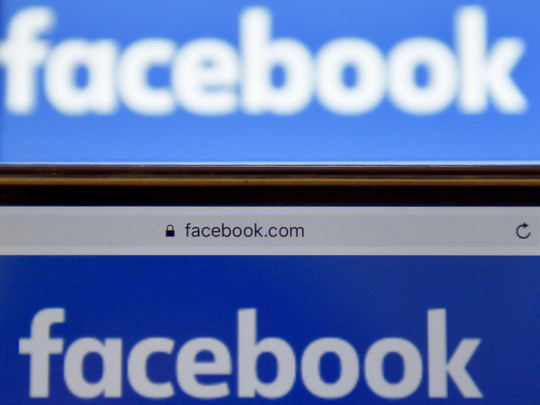
Not many companies can boast of more than one billion customers. Even fewer consumer goods companies and tech giants have accumulated double that number. And none have done so as quickly as Facebook. Last week, Mark Zuckerberg announced that two billion people now log on to his social network every month. Facebook would never call them customers of course — Zuckerberg preferred to use the term “community” — but nevertheless, it is an astonishing feat.
It took eight years between Facebook being founded and it reaching its first billion; the second billion took less than five. Currently more than five million new members join every week. Facebook’s reach is truly extraordinary. Estimates currently peg the number of people around the world with internet access at around 3.5 billion. Subtract the 750 million or so in China, where Facebook is banned (ignore the small minority who bypass the country’s Great Firewall) and you’re left with a mere 800 million people who are online but don’t have a Facebook account.
Facebook’s growth on the stock market since it went public in 2012 has been similarly impressive (shares have quadrupled in a little over five years), as it repeatedly defied expectations that its membership expansion must slow down. Analysts are almost universally gushing about the company’s prospects — 43 of 48 polled by Thomson Reuters recommend buying shares. Yet, Facebook’s run does have to end at some point. The laws of large numbers can be delayed but not ignored. Globally, Facebook has two-thirds of internet users outside China. That is approaching the proportions of markets like the United Kingdom, where people have had the option to sign up to Facebook for years and decided against it.
Zuckerberg cannot rely on more of the world merely coming online for growth. That number is rising, but more slowly than the rate at which Facebook itself is growing, even with the company’s focus on making the app work on cheap phones and spotty internet connections. Facebook is well aware of this and has embarked on deals with mobile operators to provide subsidised data services and made investments in developing its own infrastructure (last week, Facebook completed the first successful test flight of Aquila, a solar-powered drone it expects will help provide coverage to rural areas). Its attempts to give the emerging world free internet have stumbled, however.
It turns out that telecom operators are not very keen on Silicon Valley oligopolists getting a free ride on the back of their infrastructure investments. Governments have been even less keen to allow Facebook’s restricted version of the internet to take hold. It only allows access to a handful of services including Facebook itself. It looks inevitable that the user growth that has made Facebook one of the world’s most valuable companies has to slow down, soon enough if not imminently. What then? With its $430 billion (Dh1.58 trillion) market value representing more than 40 times last year’s profits, Facebook investors are betting on its momentum continuing. But when user growth starts to slow down, how much each user is worth will become more important. Of Facebook’s two billion monthly users, around two-thirds log in every day, a key metric for measuring how “sticky” social networks are. This figure has held remarkably steady for two years, suggesting that even if more people are using Facebook, the rate of engagement is not improving.
Other runes are less encouraging. Independent figures have shown that even if users are logging in just as often, many of them have been posting less in the last couple of years. Many complain that the social network has become dominated by brands and viral content, and lacking the updates from friends and family that made it so attractive in the first place. This is no more in evidence than Facebook Stories, a feature the company cloned from Snapchat, in which photos and videos disappear after 24 hours. Stories have been a graveyard since the feature launched in March. In a telling echo of Google’s attempts to launch a social network to rival Facebook, the most active users seem to be Facebook employees. The company has inconsistently provided investors with other indicators of how hooked its users really are.
In April last year, it said people spend 50 minutes a day across Facebook itself, its Messenger app and the Instagram photo network, but has been silent on the matter since. Research from eMarketer suggests the time spent on Facebook itself — the most lucrative of the three properties — will stall this year. It has not updated investors on other crucial metrics, such as how much time its users spend watching videos, in over a year, a further indication that engagement may be flatlining.
Facebook still has a lot going for it. It bought Instagram for a bargain $1 billion and it is growing spectacularly. It is succeeding in earning more from each of its users, as advertisers siphon money away from traditional media and into the company’s targeted ad network. In the last year, average revenue per user has risen from $3.32 to $4.23. In the United States, where digital advertising is more mature, it is $17. But already being part of a digital advertising duopoly with Google, there is a limit to how much this can continue.
— The Telegraph Group Limited, London, 2017
James Titcomb is technology news editor for the Daily Telegraph.









